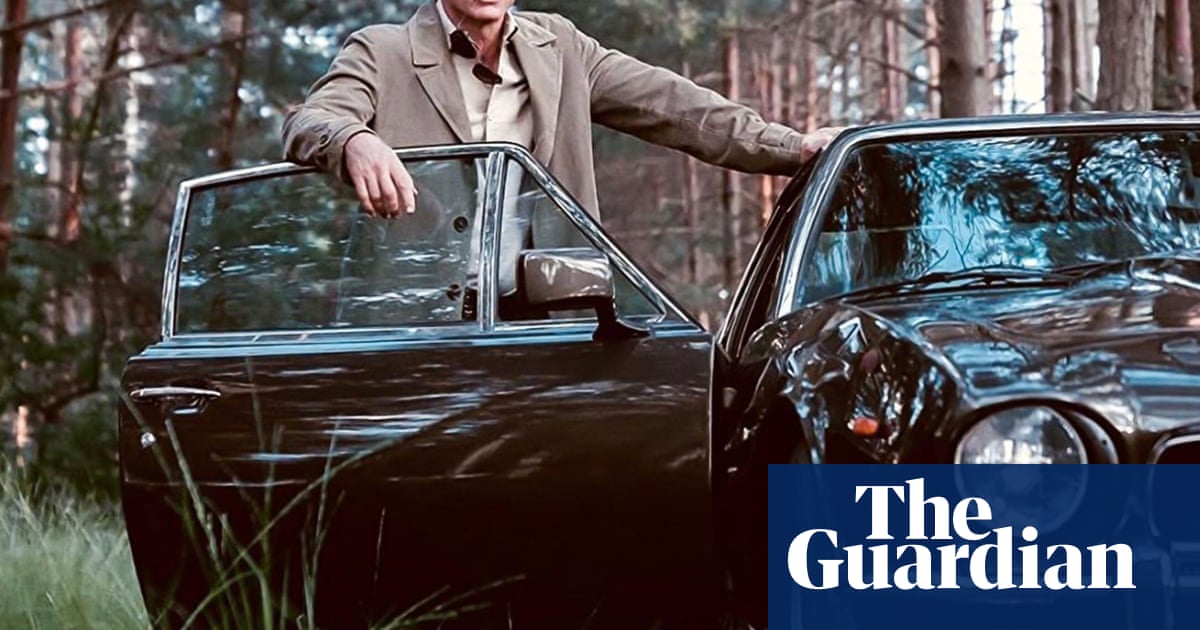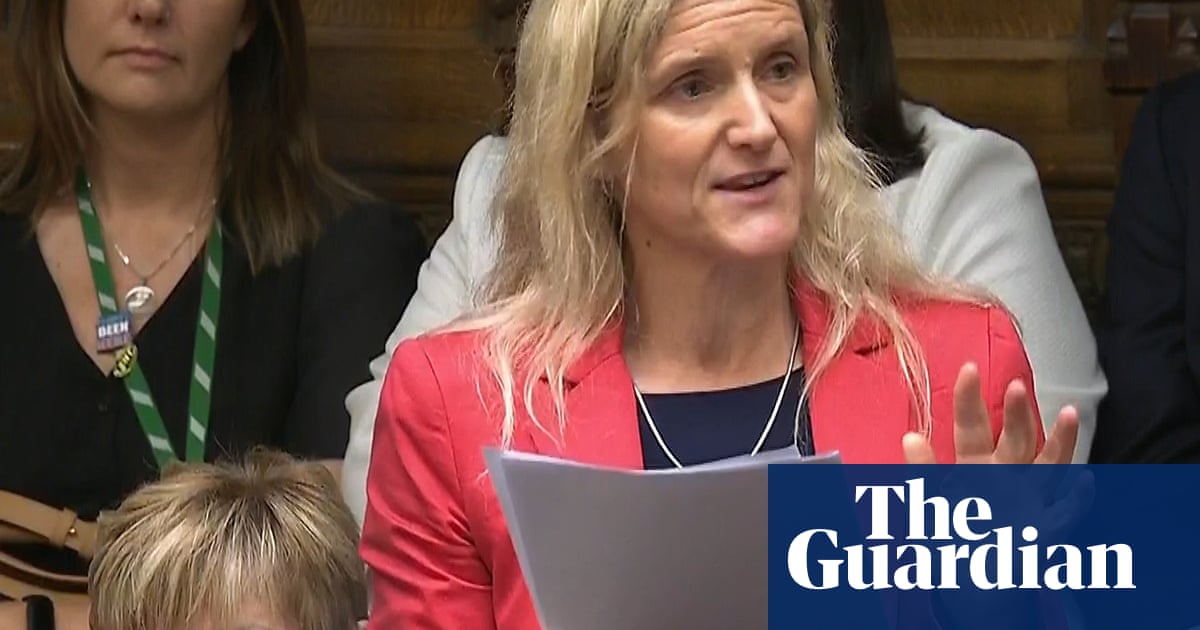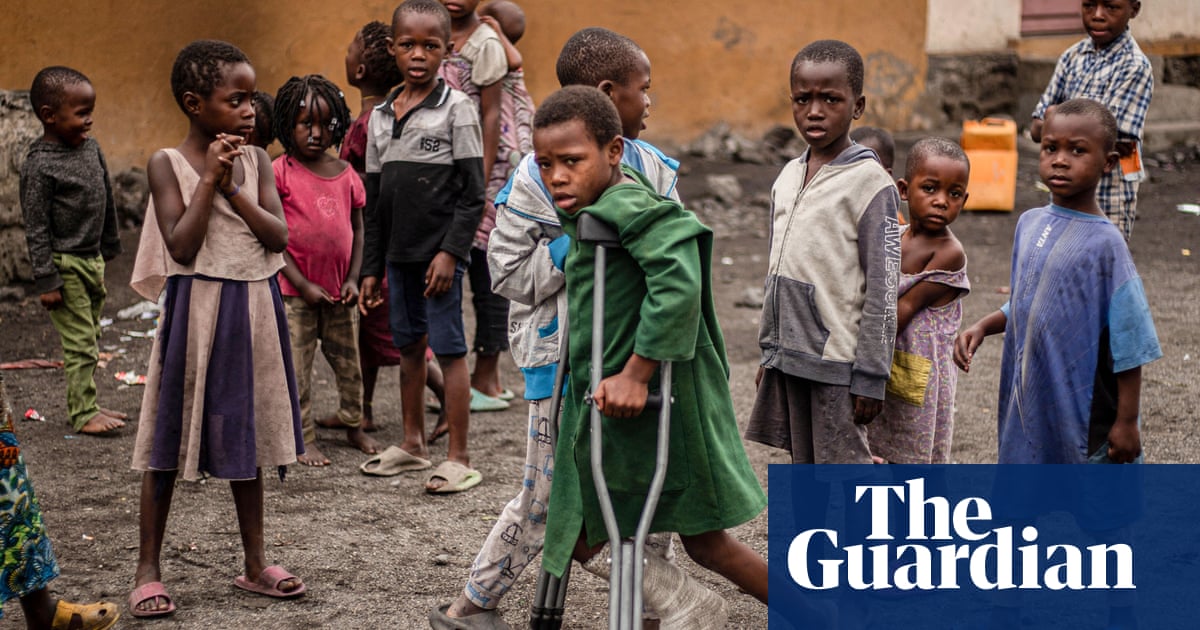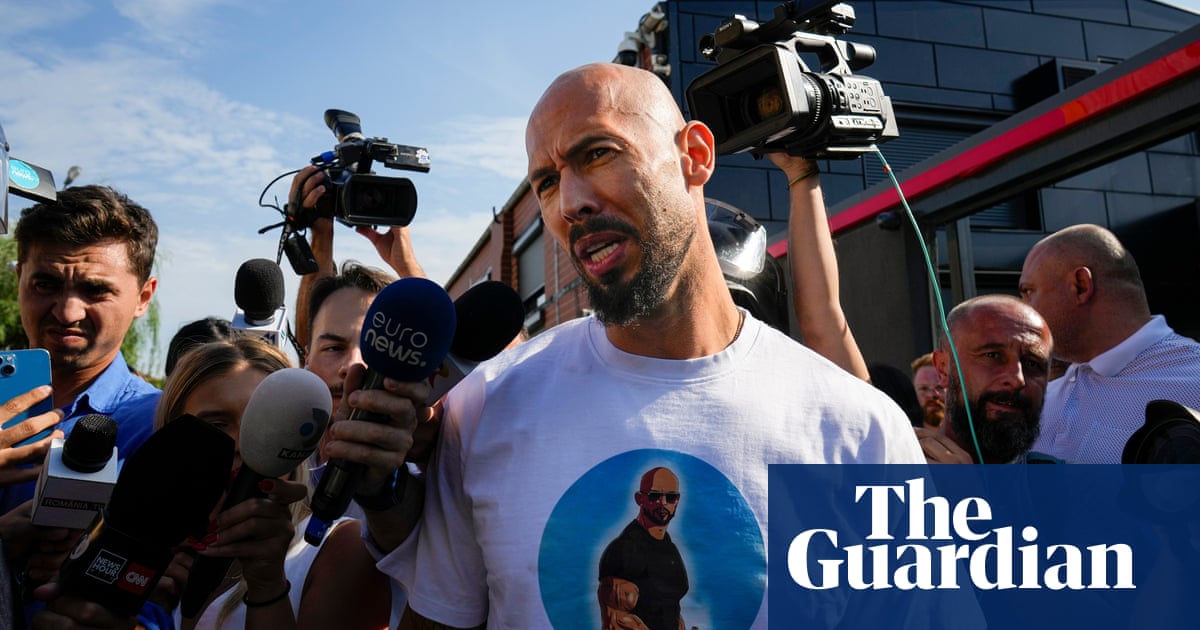Ben Markovits’s quietly excellent new novel begins with the most mundane of middle-class crises. The book’s narrator, 55-year-old law professor Tom Layward, is taking his youngest child to university. For Tom and his wife Amy, the major tasks of parenting are about to vanish in the rear view mirror. The question is: what’s next?
It’s a moment of change and re-evaluation for any couple. But within Tom and Amy’s marriage an unexploded bomb is ticking. Tom tells us in the first paragraph that, 12 years earlier, Amy had an affair. He managed his heartbreak by making a deal with himself that he would leave when his youngest went to college.
Dropping his daughter Miri in Pittsburgh, Tom doesn’t head back to Amy in New York. He drives west, stopping to see old friends and family members, weighing his next move and reflecting on his past. As he confides in the reader, telling us about his background and upbringing, his marriage and career, he comes gradually into focus: an intriguing blend of frankness and reserve, bemusement, disappointment, fatherliness and compassion. Though it seems to promise no fireworks, there’s something compelling about the story he tells and the dramatic question that shapes it: will Tom make good on his promise to himself and leave the marriage?
“What we obviously had,” he tells us, “even when things smoothed over, was a C-minus marriage, which makes it pretty hard to score much higher than a B overall on the rest of your life.” Here and throughout, Tom addresses us in a voice that appears disarmingly plain-speaking. Yet it would be a mistake to take what he says at face value. What gives his dilemma poignancy is the reader’s sense that Tom and Amy’s marriage is complicated and many-sided. Alongside the layers of bitterness and disappointment, there’s also love and understanding.
Sleeping in unfamiliar beds along his journey, Tom finds himself talking to Amy in his head, but he refrains from ringing her. He tells himself: “If you call Amy now the person you talk to will not be the person in your head, for whom you have these warm and simple feelings. It will be another person, who doesn’t like you much these days, with whom you get into stupid arguments.”
One of the publishing highlights of last year was All Fours, Miranda July’s unsettling account of a middle-aged woman who feels compelled to upend the certainties of her marriage. The novel continues to rumble through the lives of readers who were touched by it; for some it was an invitation to emulate the drastic upheavals of the central character.
I thought about July’s novel a lot as I was reading The Rest of Our Lives; it felt like a quieter male counterpart. While some readers seem to have approached All Fours as a self-help book or a guide to perimenopause, it is really a unique narrative understanding of a human life in all its particularity. And this is what The Rest of Our Lives is too. Like All Fours, it focuses on the difficult middle passage in the life of its protagonist, as he tries to figure out who he has been, what parts of himself he has surrendered, and who he might yet become.
We learn as much from Tom’s encounters with other people as from what he tells us himself: we see that he’s decent, trustworthy and can bond with strangers, but that he’s also reticent, closed and disappointed. “I forgot what you’re like,” says an ex-girlfriend he looks up on his way across America. “You don’t really care about anything.” Like all the summary judgments in the book, this is not accurate, but you understand how Tom gives this impression. And you sense how frustrating it would be to be in a relationship with him – a feeling that at any given time he’s holding a great deal back.
While this might make him an annoying spouse, as a prose stylist, it makes him exemplary. This is a literary novel whose great literary qualities are understatement and self-effacement. Here’s Tom reflecting on his daughter’s boyfriend: “I liked him, but I also thought, in high school there’s no way I’m friends with this kid.” Or, staying in a room that overlooks a river: “Funny how the eye is drawn to water – it’s just a very flat part of the view. But it shifts a little, slowly.” Or visiting a family friend: “I was aware of being a dim presence in the background of the more vivid lives of children.” Or just waiting to go home at the end of an evening with his son: “We were outside the restaurant now, standing on Sixth Street in the rough warm traffic-flavoured air.” Tom’s usual restraint makes “rough warm traffic-flavoured” shine like a jewel in a plain setting.
The relaxed precision of the writing is one of the novel’s pleasures. Another is the gradual unpacking of Tom’s mind as we travel alongside him. And though the novel doesn’t apparently offer much in the way of plot, it deploys its revelations very cleverly, with little sleights of hand that throw the story forward to its crisis and remind us that its ruminations and incidents are not random.
after newsletter promotion
Tom, like Markovits, was a talented basketball player in his youth, and some of the novel’s transcendent moments happen at pick-up games on courts he drops in on. Playing alongside an old friend, they turn up the heat on their opponents and Tom feels his powers return for a brief moment. “You forget what it’s like to play with somebody who really knows what he’s doing,” he reflects. “The world just opens up.”
Markovits, too, really knows what he’s doing. And it would be nice to think that the brilliant and unflashy naturalism of his novel will win many readers.

 2 months ago
36
2 months ago
36

















































